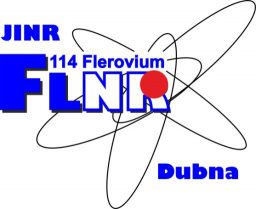Delayed proton emission
‘The possibility of proton emission from ground or excited states (after β+-decay) was discussed several years prior to its experimental observation. As early as 1955 V.A.Karnaukhov and N.I.Tarantin at the suggestion of G.N.Flerov analysed the possibility of proton emission from ground or excited states and determined the appropriate heavy ion reactions.
Start-up of U300 cyclotron allowed experimental investigation of the phenomenon. Nickel foil target was irradiated by 20Ne ions (130 MeV). β+-decay emitted delayed protons were registered in the irradiation products, 17Ne (T1/2= 0,1 s) and 73Kr (T1/2= 25,2 s). That was the world’s first observation of the new type of radioactivity – delayed proton emission. It was registered in the USSR State Register of discoveries as Discovery N35 with priority from July 12, 1962. Authors: Karnaukhov V.A., Ter-Akopian G.M., Subbotin V.G., Petrov L.A.
These pioneer works were followed by active investigations of the phenomenon in many laboratories around the world. More than a hundred proton emitters have been discovered by now. Delayed proton emission is not an exotic phenomenon any more. This is an effective means of getting new nuclear information.’
From the book about JINR history “Dubna – island of stability” (In Russian)

Leave a Reply